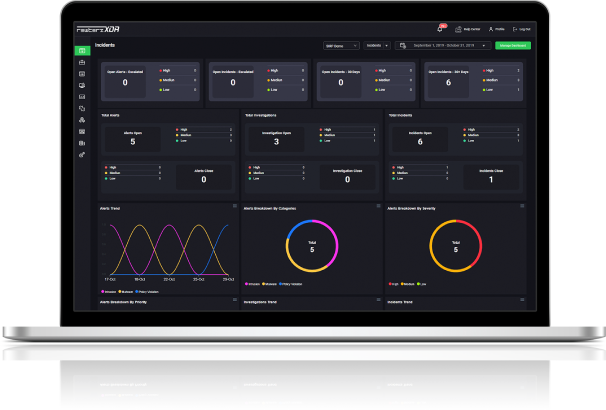

Rewterz Threat Advisory – CVE-2022-3254 – WordPress AWP Classifieds Plugin Vulnerability
November 8, 2022
Rewterz Threat Advisory – Multiple Apache Airflow Vulnerabilities
November 8, 2022
Rewterz Threat Advisory – CVE-2022-3254 – WordPress AWP Classifieds Plugin Vulnerability
November 8, 2022
Rewterz Threat Advisory – Multiple Apache Airflow Vulnerabilities
November 8, 2022Severity
High
Analysis Summary
The STOP/DJVU ransomware initially made headlines in 2018 and has since been attacking individuals all around the world. It’s widespread on torrent sites and other platforms in software crack packages and adware bundles. The STOP/DJVU ransomware is a Trojan that encrypts files. It infiltrates your computer invisibly and encrypts all of your data, making them unavailable to you. It leaves a ransom letter warning that demands money in exchange for decrypting your data and making them available to you again. Malware is delivered via cracked applications, fake set-up apps keygens, activators, and Windows updates. It does not utilize local information like keyboard layouts or timezone settings to prevent infecting victims in certain countries; instead, it uses the information returned by a request to https[:]//api.2ip.ua/geo.json. The card’s MAC address is utilized to provide unique identification for the system. This identity is provided to STOP’s command and control server, which responded with an RSA-2048 public key for encryption. Additional malware, including an information stealer known as Vidar, is then downloaded and installed
Impact
- Information Theft
- File Encryption
Indicators of Compromise
MD5
- 6d123f3d24355c2b777dbd593fe6f45e
SHA-256
- 191fa360a72902d6e40c3bda46b7a9f04bc58d4013a9289475f86182369a377d
SHA-1
- f9a25d00a40627438c0129597ac05683b4b1f94c
Remediation
- Block all threat indicators at your respective controls.
- Search for Indicators of compromise (IOCs) in your environment utilizing your respective security controls
- Maintain cyber hygiene by updating your anti-virus software and implementing a patch management lifecycle.
- Maintain Offline Backups – In a ransomware attack, the adversary will often delete or encrypt backups if they have
- access to them. That’s why it’s important to keep offline (preferably off-site), encrypted backups of data and test them
- regularly.
- Emails from unknown senders should always be treated with caution.
- Never trust or open ” links and attachments received from unknown sources/senders.








